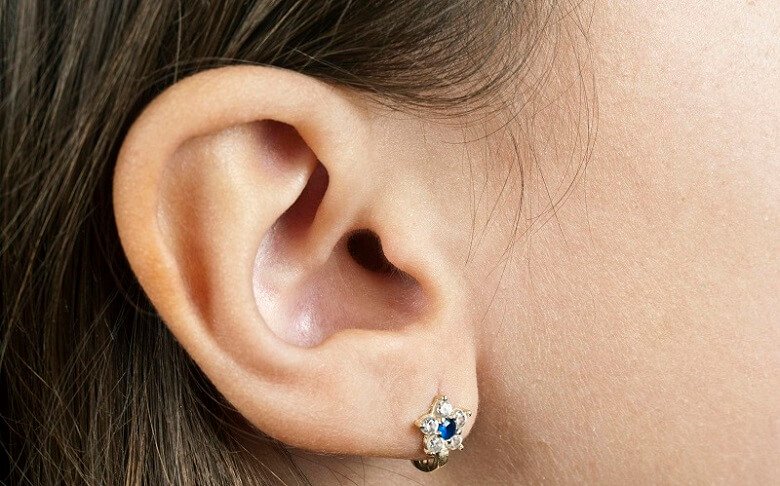You may constantly ask yourself, “Why is this happening to me?” If you see bothersome pus or reddish skin around the affected ear piercing. Here’s how to treat it and the products to treat it quickly. Like gradual daily cleaning.
What is this?
Stinging inflammation is the body’s reaction to unwanted bacteria in a new wound. Infection bites usually cause pus, tissue damage, or redness, indicating something is missing.
How can an infected ear piercing be treated?
Symptoms of infection
To find out if you have a stuffy nose or costochondritis, look out for the following common symptoms:
Its pavement has become red, sore, and swollen. Redness and swelling usually occur in the first few days after a piercing, but they shouldn’t last long. If the infection persists after about a week, this is a clear sign that bacteria are spreading through the hole. In this case, it is recommended to use cold compresses or anti-inflammatory agents to reduce swelling. If you have a severe infection keep medical tool along for a journey.
Bacteria often show yellow, green, or white discharge, which is clearly not a good sign. It can look like pus around the hole and sometimes smell bad. However, if the secretions are clear, the infection will go away.
Increased sensation: This symptom is caused by an allergy that is usually caused by an incorrectly selected jewelry metal. However, cosmetics, dirt, or loose jewelry can sometimes cause allergic reactions. So first try changing your jewelry to find out the real reason for this bodily reaction.
Over speed. If you see swollen pus tissue around the ear canal, you may have a pierced ear. This happens when your body reacts aggressively to a foreign body inside it. Persistent irritation: Rash irritation can cause hypertrophic scars, resulting in a lump. To treat these pimples, you can use sea salt, tea tree oil, aspirin, and other lubricants recommended by professional piercers. Learn more about puncture shock treatment.
Pain. Within a few days of being pierced, the wound can become painful, congested, or even bleed profusely. In this case, there is little chance of infection. For pain relief, you can take ibuprofen or aspirin and then visit your doctor to find out what went wrong.
Bleed. While pain is a common problem with new piercings, bleeding can occur with old layers. The bleeding is often caused by a stab wound, which you may suffer while moving around in bed, for example. Blood in the hole does not necessarily indicate anything about an infection, but it does increase the chances of infection. So try not to get bored anymore and show it to the piercing specialist as soon as you can.
Fever and nausea: This symptom is usually more serious than the previous one because it can indicate the presence of an infection in the blood. Therefore, if you develop chills or fever, see a doctor as soon as possible to diagnose and diagnose any health problems.
What does an infected ear piercing look like?
Several factors cause infection, including:
Poor personal hygiene. Touching your piercings with dirty hands, swimming in public pools, sharing cosmetics and headphones, and wearing contaminated pillowcases can all lead to disease-causing bacteria and microorganisms. You need to be very careful about personal hygiene, including regular cleaning of the hole each time you have a new wound. If you do not take care of your ear infection then you will permanently stick with an ear scope while chances of hearing loss raises.
Low-priced metal jewelry. There are many cheap and stormy jewelry on the market. However, never test them in new holes. Many popular jewelry materials, such as “surgical” steel or even plastic, can cause allergic reactions and rejection. Therefore, your first jewelry should be made of gold, titanium, or niobium to avoid further complications.
Wrong size. Another common cause of infection is an insufficient amount of jewelry. If the ear is too wide or too narrow, it can irritate the skin and form a lump.
Bad whole study. Never try to drill a hole in your home or an unfamiliar place. If you try to save money on cheap fossils, you will end up spending much more on infections or allergies later on. So, make sure your piercing expert is a seasoned professional who has properly sanitized all tools. The interface, a dirty needle, can infect your piercings and cause serious health problems.


